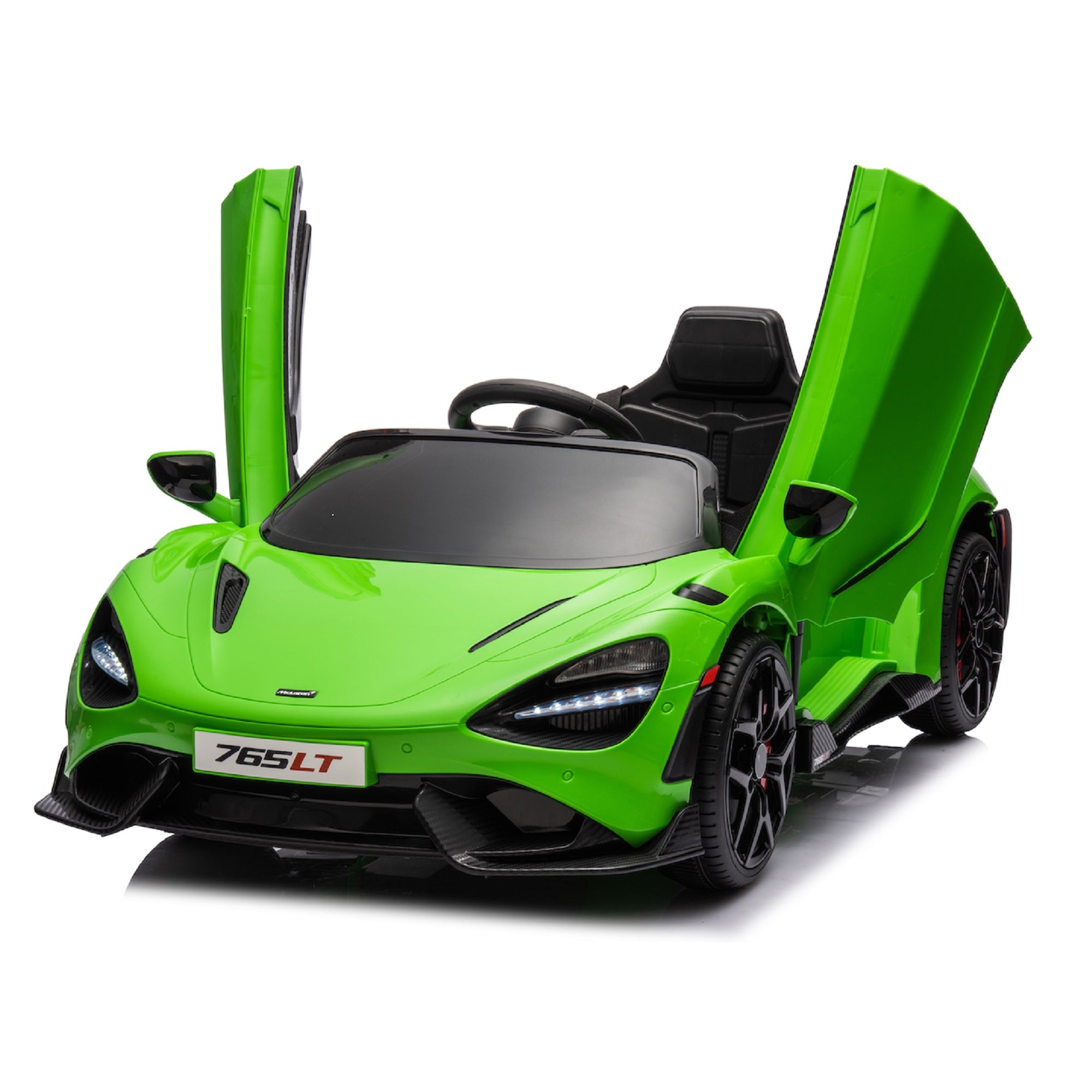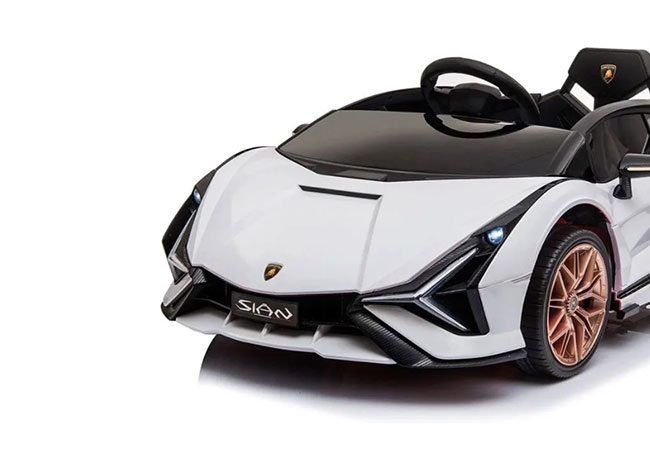Recommended Info For Selecting Remote Control Childrens Cars
Recommended Info For Selecting Remote Control Childrens Cars
Blog Article
What Should I Be Aware Of The Battery's Lifespan And Charging Time Of An Electric Children's Ride-On Vehicle?
Knowing the battery type and charging time of a kid's electric ride-on vehicle is vital to ensuring optimal performance and uninterrupted playing time. What you need to understand the battery type
The majority of electric vehicles designed for kids use rechargeable batteries, typically lead-acid or lithium-ion batteries. Lithium-ion batteries last longer life span and faster charging times compared to lead acid batteries.
Capacity of Battery -
The capacity of a battery is measured in ampere hours (Ah) and watt hours (Wh). This is how long the ride-on will last on a single charging. Large capacity batteries permit longer play time without the need for recharge.
Run Time -
The runtime of an electric car is how long the vehicle is able to run continuously on a single battery charge. This can vary depending on various factors like capacity of the battery, motor power, the terrain, and weight of the rider.
The typical electric ride-on car run times vary from 30 minutes and two hours on a single charge. Certain batteries with a higher capacity can provide a longer run time.
Charging time -
The charging time is the amount of it takes to fully recharge a depleted battery. Charging times can vary depending on the battery capacity, charger specifications and charging technique.
In general the time to charge an electric ride-on car is between 8 and 12 hours. Certain models could have quicker charging times, particularly using lithium-ion batteries.
To ensure safety and long-lasting battery life, it is essential to recharge the battery in accordance with the manufacturer's instructions. The battery's performance may be negatively affected when the battery is charged too high or is undercharged.
Charge Methods Charge Methods
Electric ride-on vehicles are typically equipped with a charger that plugs into an ordinary home outlet. Some models can have rapid charging capabilities or a smart charger that tracks the battery's charge status and adjusts the charging rate accordingly.
To ensure that the battery is not damaged or the electrical system, ensure that the charger as well as the port of the ride-on is compatible.
Additional Batteries
Certain electric ride-on vehicles may provide the option of purchasing additional batteries or spare batteries to allow for extended playing time. If you have spare batteries, you could quickly swap them out for fully charged ones to minimize downtime.
Understanding the battery's lifespan and charging time of an electric ride-on children' car ensures your child will enjoy uninterrupted playtime and fun adventures as they explore the world around them. It is crucial to recharge the battery as frequently as possible and follow proper charging methods. This will increase battery performance. Have a look at the best kids cars for site info including childrens ride on, two seater electric cars, toy with car, car for toy, ride electric car, toy with car, childrens digger, toy the car, ride on toy, toy cars toy car and more. . 
What Are The Features Available On The Ride-On Vehicles?
The ride-on vehicle comes with many options and features that enhance the fun experience and offer children an experience that is more realistic. These are the common accessories and features available on ride-ons:
Many ride-ons come with the capability to light the road in front, which adds the appearance of realism as well as the ability to see. This is particularly helpful when driving through dimly lit areas, or at night.
Horn Sounds
Children can pretend to drive in a real car by pressing a steering wheel, or a Horn.
MP3 player compatibility
Certain ride-on cars come with MP3 compatibility. It allows kids to connect portable music devices through an auxiliary input port or USB port. While driving the ride-on car, they can listen to songs that are their favorites.
Realistic Engine Noises -
Ride-ons can have built-in sound effects which mimic realistic sounds like engine noises, revving or acceleration. It can cause children to feel as though they are driving a real car.
Remote Control -
Certain ride-on vehicles come with parental remote controls that lets parents operate the car remotely offering supervision and assistance as needed. Parents can regulate the speed of the car as well as steer it and stop it from a distance. They'll be able to rest of assurance.
Seat Belts -
Most ride-ons have safety harnesses or seat belts that keep the child secure inside the vehicle. This provides an extra layer of safety and can prevent them from falling off in the course of play.
Working Doors
Certain ride-on cars have functional doors that can be opened and closed that allow children to get in and exit the car easily and increasing the realism of the driving experience.
Storage Compartment
Certain ride-on cars come with a trunk or storage compartment where kids can store small items like toys or snacks. This adds versatility and practicality to the experience.
Adjustable Seats -
Some ride on cars include seats that can be adjusted. They are able to be moved to the front or backwards in order to accommodate children of different heights. Or, they can provide more space as children develop.
Remote Emergency Stop Buttons
Some ride-ons include an emergency button that can be activated remotely for stopping, which allows parents to swiftly stop their car if there is an emergency or if the vehicle is in a dangerous situation.
These features and accessories contribute to the overall enjoyment of ride-on cars as well as their authenticity and security. They allow children to engage in imaginative play while having fun and adventures in their vehicle. Check out the top rated read more about electric kids cars for blog tips including electric ride along car, riding digger, electric car ride, remote control childrens car, toy toy cars, toy with car, riding digger, toy ride, toy in car, childrens ride on and more. . 
What Are The Alternatives For Remote-Controlled Cars For Children? What Are The Pros And Cons?
Remote control vehicles for children Also known as RC or remote-controlled vehicles, are available in a variety of sizes, styles and costs. They're made to fit the needs of different budgets and tastes. Here's a breakdown of the pros, cons, and sizes of remote controlled cars.
Electric RC Cars – Battery-powered remote controlled cars suitable for use indoors or outdoors. The cars are available in various styles, such as buggies or trucks.
Nitro RC Cars – Gas powered remote controlled vehicles that have better performance but require more maintenance. They're typically bigger and more expensive than electric RC cars.
Scale Models - Remotely controlled replicas of real-life vehicle models, such as trucks, cars, airplanes, and boats. Scale models come in various scales, ranging from 1 10- to 1-24 inches With larger scales offering more detail and realism.
Sizes -
Remotely controlled children's cars come in various sizes. They range from tiny miniature replicas to larger-scale replicas. The size of the vehicle will affect its performance and speed.
Micro-sized cars that are light and small, are perfect to be used indoors or by children who are younger. Larger models provide greater power and durability, making them ideal for off-road and outdoor driving.
Prices
Prices differ based on the size, features brand and quality of construction.
The cost of smaller electric RC vehicles can vary between $20 and $100. However, larger-scale electric or Nitro RC models are available between $100 and $500.
Scale models and high-end hobby-grade RC cars can cost several hundred dollars to more than 1,000 dollars, based on the degree of detail and speed.
Pros and Cons
Pros -
Adults and children will have endless hours of entertainment and fun through remote-controlled cars.
Learning. Driving a RC car lets children develop hand-eye coordination, spatial awareness and problem-solving skills.
Social Interaction. Cars with RC encourage social interaction and be enjoyed by family and friends. families.
Customization - A lot of RC automobiles can be modified with aftermarket parts, upgrades, and other accessories that can enhance the performance and look.
Cons -
Cost - High-quality remote control children's cars can be expensive and can be expensive, particularly models that are hobby-grade with sophisticated features.
Learning Curve – Operating a RC car takes some practice and. Younger children may initially struggle to control the controls.
Maintenance - RC cars need regular maintenance, such as cleaning, lubrication, and periodic repairs or replacement of parts.
Safety Risks RC cars can pose safety risks, including accidents, falls, as well as electrical dangers, if not operated with caution and under the supervision of an adult. supervision.
Remote control cars for kids can be a fantastic learning and entertaining experience. But, it's crucial to select the appropriate model based on the factors of size, safety, cost and features. Hobby-grade RC automobiles are more suitable for children who are older and more enthusiastic and simpler models are ideal for children who are younger and beginner children. See the top rated kids cars kidscars.co.uk news for website examples including race car toy, race car toy car, electric rideons, digger ride, toy car, ride on toy, electric ride on cars, toy car toy car, digger ride, electric ride along car and more. .